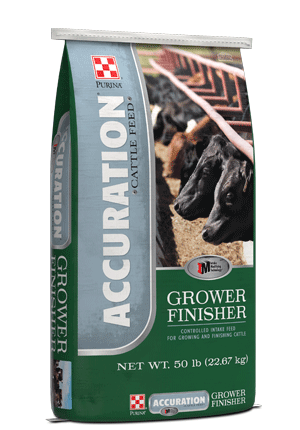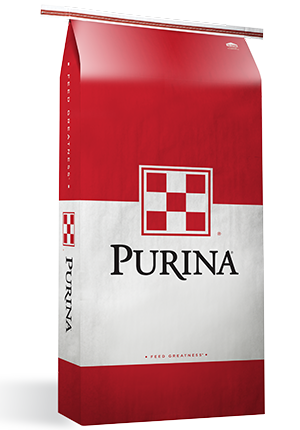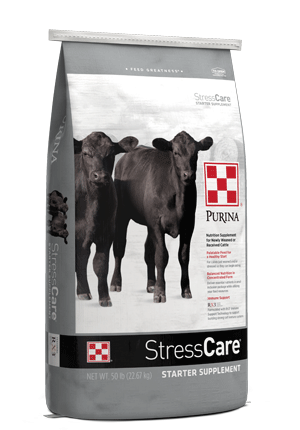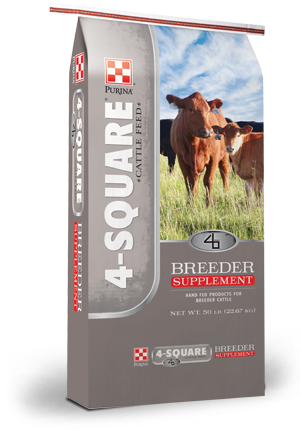
Avoid the Summer Pasture Slump
Management : Cow & Calf
Nutrition : Supplements
Nutrition : Forage
The sight of fresh, green pastures as the summer months approach can be a welcome sight for many cattle producers, especially after feeding costly forages throughout the winter.
But just as quickly as that green grass comes, the pasture quality can diminish leaving both pasture and cows’ nutrient deficient.
These potential nutrient deficiencies come at a critical time frame when the cow likely has a calf at side, and is either on target for re-breeding or is already re-bred and trying to grow her developing calf. Cattle nutrient requirements are high during this period1, but there are a few ways to prepare for a decline in pasture quality.
Forages mature as the summer goes on, losing nutrients, specifically protein, and allowing cows to lose body condition.
If forages are running under 7 percent protein, then you likely don’t have enough protein to support the cow and her calf. The majority of producers across the United States, unless they have some high-quality forages stockpiled, are not above that level and will need to find additional nutrient sources.
Protein supplements can be used to help avoid this slip in condition, especially late summer and into fall when cattle pasture grasses can be at their lowest nutrition value.
Adding protein tubs or blocks are two ways a producer can supplement their cow herd during this time of high nutrient requirements. Protein supplements can be fed from mid to late summer through mid-fall. Cubes can be added during the winter months to help meet energy requirements.
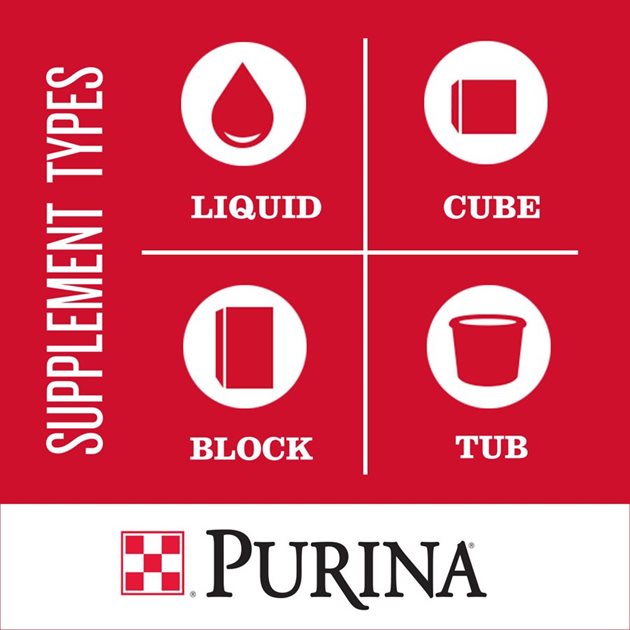
Protein supplements should be added before cattle start losing body condition, so it pays to plan ahead for pastures that may become nutrient deficient. In most cases, pastures see a significant decline in nutrients in the August to September timeframe1. Evaluating your pasture at various times throughout the summer, specifically mid- to late-summer, and adding a supplement before the pasture quality is too far diminished will help avoid a slip in body condition.
If pastures are not adequately managed, protein deficiency may become a herd health challenge with symptoms including reduced intake and forage digestibility, reduced growth rate (both fetus and calf), loss of weight, inadequate intake of other nutrients, delayed estrus, irregular estrus, poor conception rate and reduced milk production.
It all narrows down to making sure your cows have what they need, when they need it. If they’re not getting the complete nutrition they need when the pasture is at its worst quality, you will likely see challenges develop.
These challenges may be easily avoided by implementing a protein supplement program. Does your nutrition program stack up? Find out with a Proof Pays feeding trial.
But just as quickly as that green grass comes, the pasture quality can diminish leaving both pasture and cows’ nutrient deficient.
These potential nutrient deficiencies come at a critical time frame when the cow likely has a calf at side, and is either on target for re-breeding or is already re-bred and trying to grow her developing calf. Cattle nutrient requirements are high during this period1, but there are a few ways to prepare for a decline in pasture quality.
Forages mature as the summer goes on, losing nutrients, specifically protein, and allowing cows to lose body condition.
If forages are running under 7 percent protein, then you likely don’t have enough protein to support the cow and her calf. The majority of producers across the United States, unless they have some high-quality forages stockpiled, are not above that level and will need to find additional nutrient sources.
Protein supplements can be used to help avoid this slip in condition, especially late summer and into fall when cattle pasture grasses can be at their lowest nutrition value.
Adding protein tubs or blocks are two ways a producer can supplement their cow herd during this time of high nutrient requirements. Protein supplements can be fed from mid to late summer through mid-fall. Cubes can be added during the winter months to help meet energy requirements.

Protein supplements should be added before cattle start losing body condition, so it pays to plan ahead for pastures that may become nutrient deficient. In most cases, pastures see a significant decline in nutrients in the August to September timeframe1. Evaluating your pasture at various times throughout the summer, specifically mid- to late-summer, and adding a supplement before the pasture quality is too far diminished will help avoid a slip in body condition.
If pastures are not adequately managed, protein deficiency may become a herd health challenge with symptoms including reduced intake and forage digestibility, reduced growth rate (both fetus and calf), loss of weight, inadequate intake of other nutrients, delayed estrus, irregular estrus, poor conception rate and reduced milk production.
It all narrows down to making sure your cows have what they need, when they need it. If they’re not getting the complete nutrition they need when the pasture is at its worst quality, you will likely see challenges develop.
These challenges may be easily avoided by implementing a protein supplement program. Does your nutrition program stack up? Find out with a Proof Pays feeding trial.
1George, M., Nader, G., Dunbar, J. Balancing beef cow nutrient requirements and seasonal forage quality on annual rangeland. Retrieved February 19, 2015, from: http://anrcatalog.ucdavis.edu/pdf/8021.pdf


